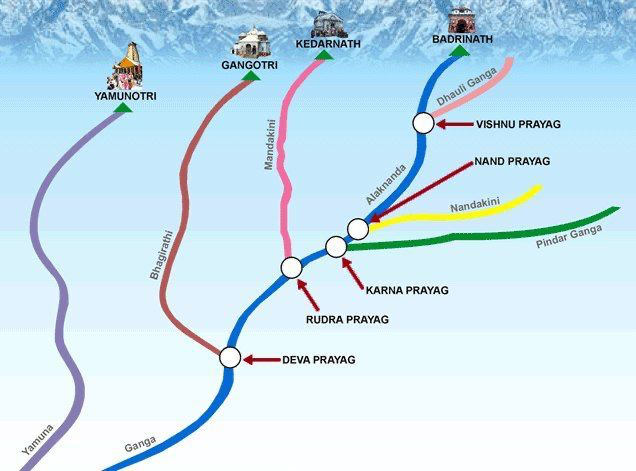Free Courses Sale ends Soon, Get It Now


Free Courses Sale ends Soon, Get It Now



Disclaimer: Copyright infringement not intended.
Context
Nandakini River's water level rose above the danger mark
Details
Red Alert and Meteorological Warning
Current Conditions and Impact
About Nandakini River
Source and Origin
Course and Route
Confluence and Tributaries
Religious and Cultural Significance
Vulnerability to Natural Events
Environmental and Ecological Impact
Tourism and Recreation
Management and Conservation
Recent Events and Impact
|
PRACTICE QUESTION Q) Which of the following statements about the Nandakini River in Uttarakhand, India, is/are correct? A) The Nandakini River originates from the Gangotri Glacier. B) The Nandakini River merges with the Alaknanda River at Nandprayag. C) It flows in a northwesterly direction through the state of Uttarakhand. D) The Nandakini River primarily serves as a source of hydropower generation. Answer: B |
© 2024 iasgyan. All right reserved